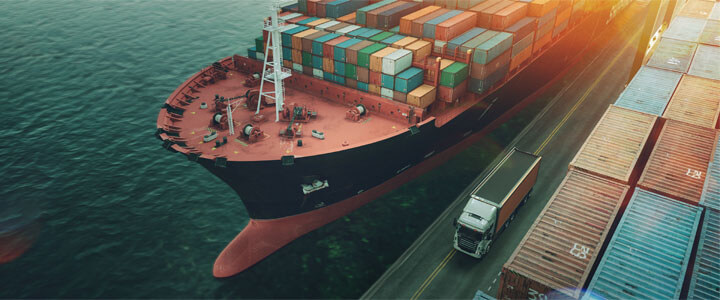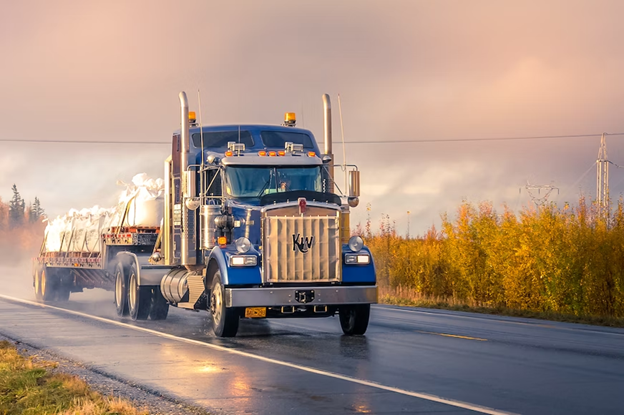5 Ways to Make Overseas Shipping Sustainable

Overseas shipping is the most efficient form of freight transportation. It makes up a large portion of overall shipping methods, too. And though it’s efficient, there are still several environmental issues that come with it.
There are benefits of liner shipping that outrank other methods of transport. But the major problems with overseas shipping fall under the umbrella of pollution — both air and water.
The oil that most shipping companies use contains various pollutants. Marine fuel oil contributes to the emission of greenhouse gasses, even more so when traveling the long distances that most do. Typical fuel oil also contains high levels of sulfur. And while some countries like the U.K. have restrictions on sulfur-based fuel, other countries like China do not.
Another detriment that affects the business is the profit margin. As experts predict that profits will decrease, both the cost of transportation and slowing trade pose a risk. Shipping companies like Denmark-based Copenship have gone bankrupt due to inverse profits and expenses.
As issues like these continue to increase, they threaten business and the environment. However, researchers have laid out steps to set a course for a more sustainable shipping industry.
The Ocean Is Blue, the Future Is Green
Every day the world works towards a greener future. Keeping the ocean and air clean is part of that responsibility. This requires time and energy, but experts know the elements needed to build that future.
Here is a list of ways the shipping industry can become more sustainable:
- Inland barges: Barges designed for rivers or canals emit less pollution, have a higher capacity for weight and increase safety. Another benefit is that they reduce congestion. Countries can spend billions of dollars on infrastructure issues that are inherent with methods of transportation like cars or regular shipping liners. Inland barges entail less of a budget.
- Modern updates: Many shipping liners have older designs and means of operation. For instance, a newer ship may use solar power for energy. Another unique new feature is the exhaust scrubber. These tools mix the exhaust from ships with water or caustic soda. This process removes a significant portion of polluting particles in the exhaust.
- Port management: Efficiency and productivity can help too. By using resources and space wisely in the port, management runs more smoothly. This cuts down on losing time and other resources due to errors. Environmental impact reports are also key. These reports show a better idea of how to reduce emissions and improve sustainability.
- Hydrodynamics: Just like there are modern resources to help the shipping industry, there are also subtler ones. One way is through the shape of the ships. Improving upon the shape of the hull to sail more smoothly in the water increases speed and ultimately helps decrease emissions. Paint can also benefit hydrodynamics. Most ships use standard paint. But ones that are biocide-free, work better with marine life and improve fuel efficiency. This cost-effective tool helps shipping get one step closer to sustainability.
- Better oil: The oil many oceanliners use pollutes the air and oceans. Phasing out this oil for better alternatives is a necessary step. Hydrogen fuel works as a better, greener option. And just like some cars are electric, ships can be too! Battery-powered ships also offer an example of a more sustainable option.
What’s Next?
Greenhouse gas emissions are unfortunately increasing. In fact, experts predict these emissions may rise in the shipping industry by 250% by 2050 if this trajectory continues. Major cities in countries like the U.K., Spain and France had shipping emissions greater than passenger car emissions in 2018.
These statistics are jarring and require immediate action. That makes it important to understand ways to get involved and learn more about the matters at hand.
Since shipping overseas is already the best form of transport, it makes good sense to further improve it in the name of sustainability.
Bio
Emily Folk is a conservation and sustainability freelance writer. Check out her blog, Conservation Folks, or follow her on Twitter for the latest updates.


















